
How To USE google search Console
In order for Google to display your website and its different pages in search results, it needs to know about the contents of your site. This is why it is important to know how to use Google Search Console. Use this guide not only to learn how to upload a sitemap to Google but also to ensure your pages are indexed on Google.
What is a Sitemap
A sitemap is a file that lists all the pages on your website and their hierarchical relationship. The file is comprised of Extensible Markup Language (XML), a markup language and file format for storing, transmitting, and reconstructing arbitrary data. By uploading your sitemap to Google, you are making it easier for Google’s crawlers to discover and index the important pages of your site, including the pages that might be difficult to find, like landing pages and blog posts.
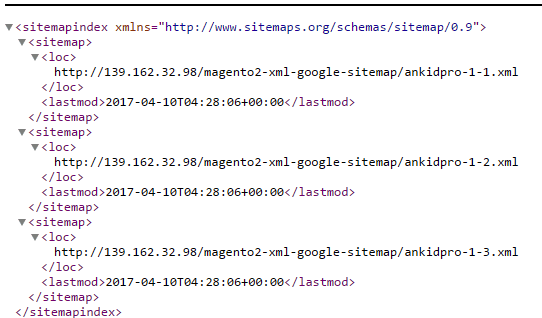
Generate a sitemap
There are many different sites that can whip up an XML Sitemap but if you are using one of the more popular web builders or SEO plugins here are guides on how find yours.
Google Search Console
Google Search Console is a free web service provided by Google that allows website owners to monitor and optimize their site’s performance in Google search results. It provides valuable insights into how Google’s search engine interacts with your website, including indexing status, search queries, backlinks, and more. In order to use Google Search Console, you need to have a Google account and verify the ownership of your website by adding a verification code to your site’s DNS. Once verified, you can start exploring the various reports and tools offered by Search Console to improve your site’s visibility and performance in Google search results.
Once you click “Get Started,” you’ll be directed to this page. Select the Domain option and enter your main domain URL. Remember to use the domain name you registered, not a branch of your website like www.website.com/home.

The next step is to add this .txt file to your Domain Name System (DNS). Log in to the server your website is hosted on (GoDaddy, Hostinger, etc.) and then add the code in a text file in the Nameserver section.
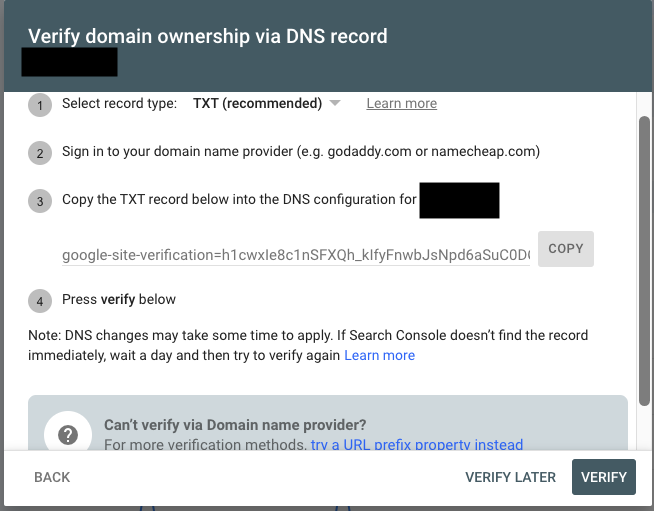
It usually takes 48 hours for Google to crawl your website via the XML Sitemap. Once that’s complete, you will have full access to Google Search Console tools, and your website performance will be outlined. On the side panel on the left, there are 3 main headings: Overview, Performance, and URL Inspection.
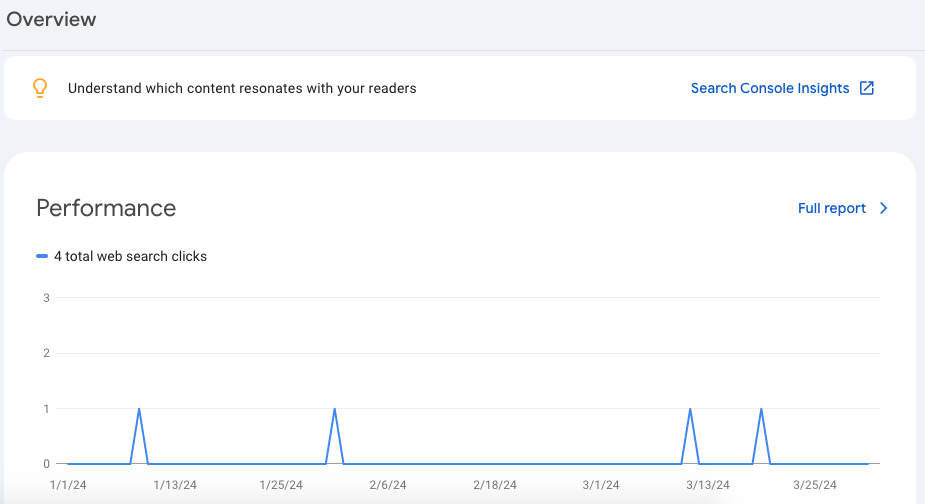


The overview page of Google Search Console provides a snapshot of your website’s performance in Google search results. It displays key metrics such as total clicks, impressions, average click-through rate (CTR), and average position.
Additionally, it highlights any issues that Google has detected on your site, such as indexing errors or security issues. This page serves as a quick reference point for monitoring your site’s performance and identifying areas for improvement in search engine optimization (SEO).
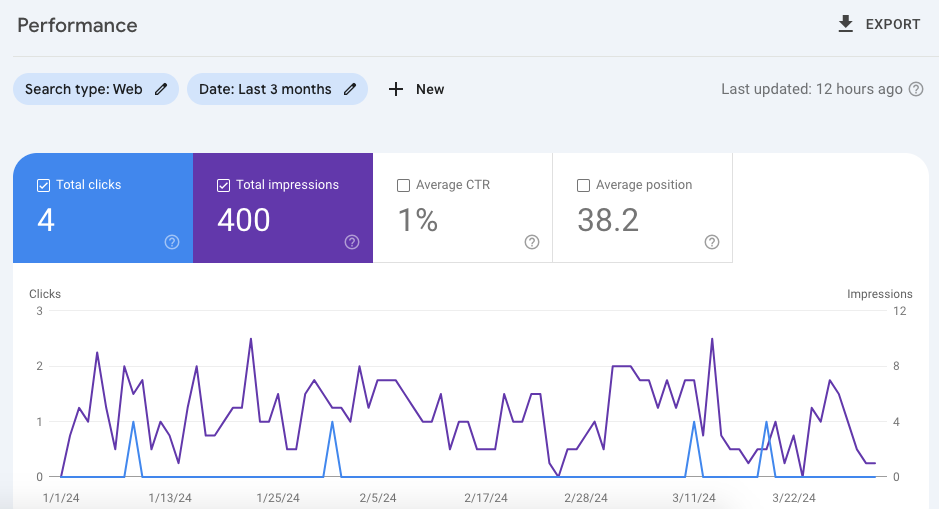
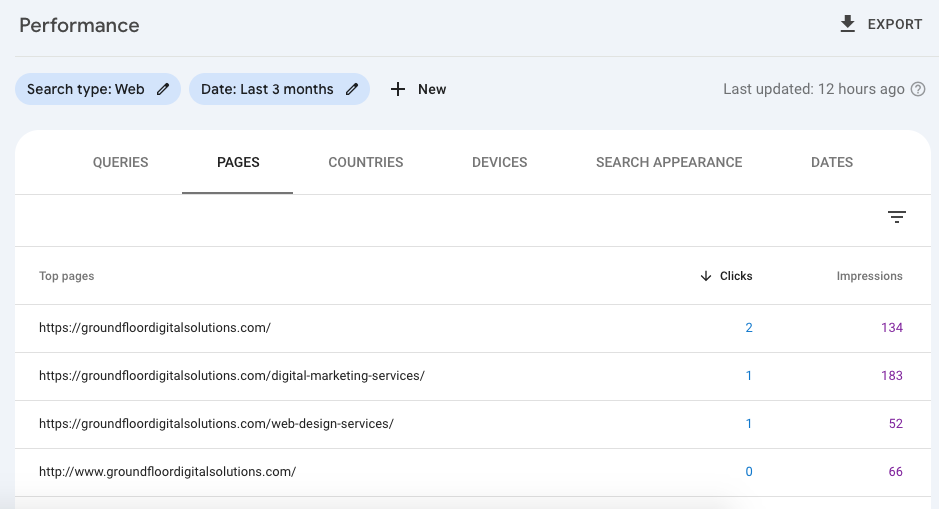
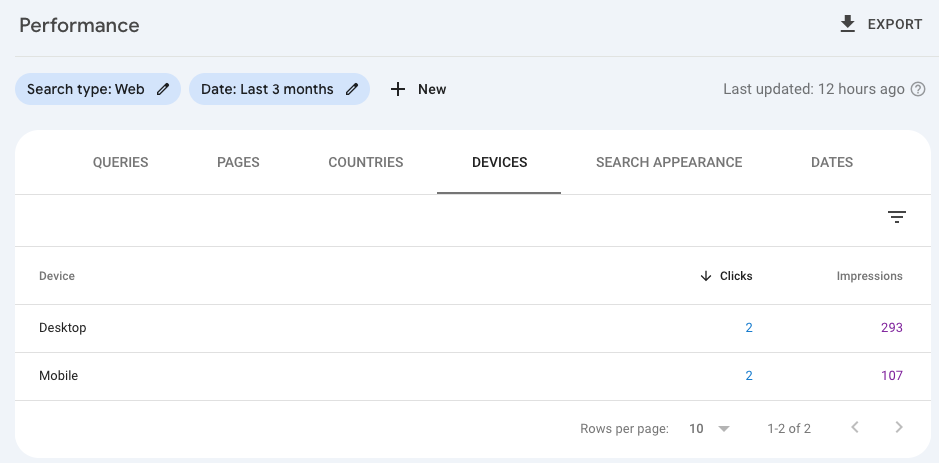
The performance page of Google Search Console offers details on how your web pages are performing in Google search results. It displays data on clicks, impressions, click-through rate (CTR), and average position. It details the specific search queries, pages, countries, and devices as well so you can know if your website is reaching the right people.
You can filter and compare data over custom date ranges, allowing you to analyze trends and identify opportunities for optimization. This page empowers website owners to understand user behavior and refine their SEO strategies to improve visibility and traffic.
The URL Inspection function in Google Search Console allows website owners to examine how a specific URL is indexed and displayed in Google search results. By entering a URL, users can see its index status, mobile usability, and any enhancements such as rich results or structured data. It provides details on crawl issues, indexing status, and suggestions for improvement, enabling site owners to troubleshoot and optimize individual pages for better search performance.

Google Search Console Page Indexing
The Page Indexing function in Google Search Console enables website owners to manage how Google indexes their site’s pages. It shows the status of pages submitted for indexing and highlights any indexing issues encountered. Users can request indexing for individual pages to expedite the process of appearing in search results. Additionally, it provides insights into blocked resources and crawl errors that may hinder indexing, helping website owners ensure their content is readily accessible to users through Google search.

Fixing Pages Not Indexing on Google Search Console
Sometimes your web pages are not indexed for search. This could be purposeful when your posts or pages are marked as “nofollow”, or a URL has a redirect, and other times Google Systems will crawl your page but not index it. Here is a quick guide on fixing that.
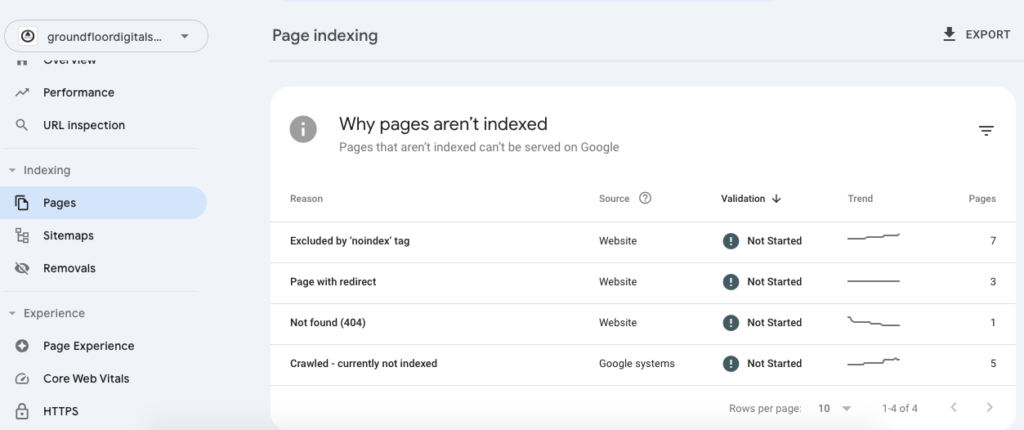
The section titled “Why Pages aren’t Indexed” will categorize each page of your website that is not being indexed on Google. You can click on a category, and it will list each URL within the group.

This is a listing of page URLs that have a “nofollow” tag on my XML Sitemap. I recently updated my sitemap and now I need to update these changes on Google Search Console.
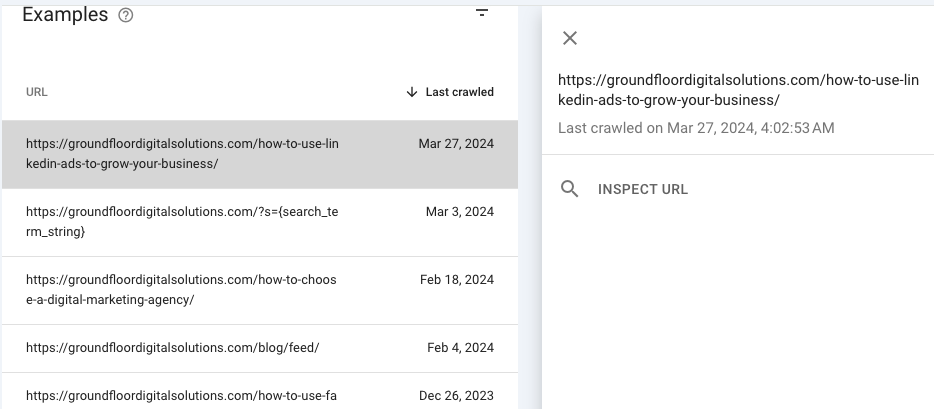
Click on the URL of the page you’d like to fix and a sidebar will open on the right. Then click on “Inspect URL” and a new page will open.
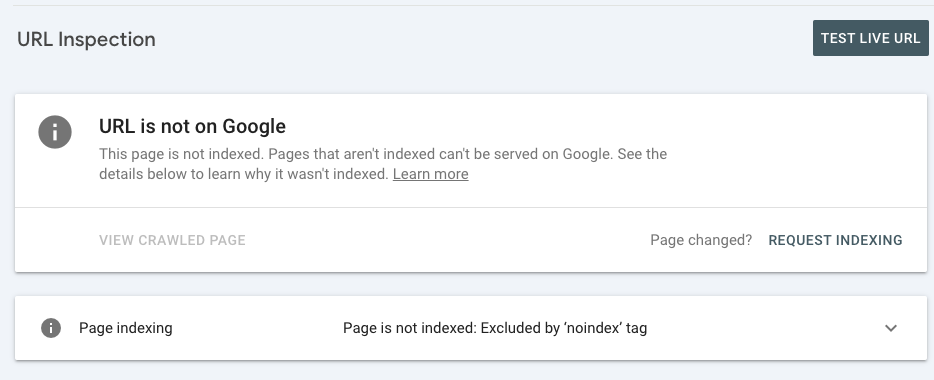
Test Live URL will test the page URL to see if it exists and for any updates to the sitemap regarding it. This should be the first thing you do if you made changes to your website.
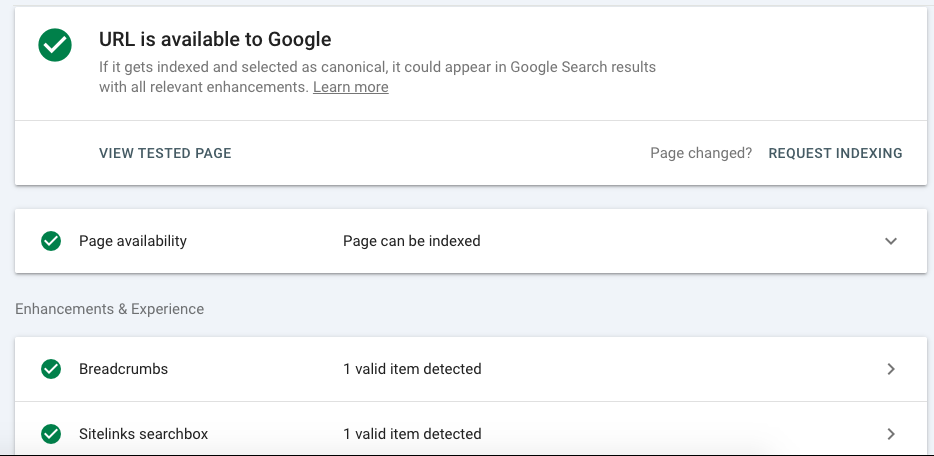
If there are no issues with the URL, a detailed report will be generated with any updated information.
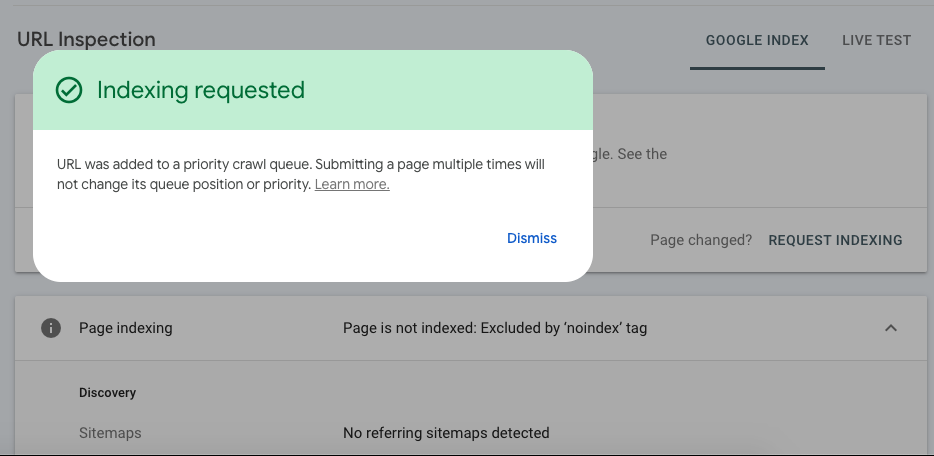
The test updated the details of this URL for Google, and now you can request for Indexing. Once you have completed the URL test, you can go back to Google Index and click on request indexing. Once complete, you need to wait for Google to fulfill your request, about 48 hours.
To wrap it up, mastering the usage of Google Search Console is paramount for website owners aiming to enhance their online visibility and performance in search results. By understanding the significance of sitemaps, generating them efficiently, and harnessing the insights provided by Google Search Console, website owners can ensure their pages are effectively indexed and optimized for search. Through the comprehensive suite of tools offered by Google Search Console, including the Overview, Performance, and URL Inspection features, website owners can monitor their site’s performance, address any issues detected by Google, and refine their SEO strategies accordingly. With diligent utilization of these tools and practices, website owners can position themselves for greater success in the competitive landscape of online search.

Call us: 647-525-6068
info@groundfloordigitalsolutions.com
© 2024 Ground Floor Digital Solutions All Rights Reserved.